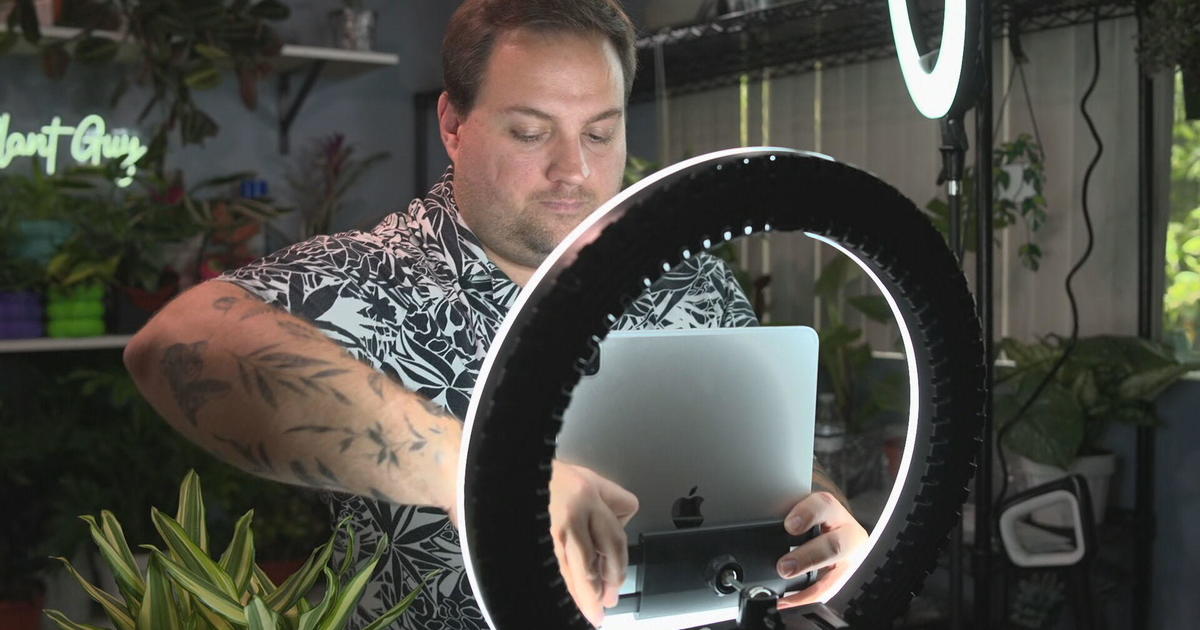From the 60 Minutes archives: The inventor of the ventilator
Doctors and nurses on the front line of the fight against COVID-19 know how critical ventilators are.
This past Sunday on 60 Minutes, correspondent Scott Pelley spoke with health care workers at New York hospitals who told him a ventilator could be the difference between life and death for patients who suddenly become critically ill with the novel coronavirus.
"If we can provide them with a ventilator, we've got a real chance at helping them survive," said Dr. Amit Uppal, the director of critical care at Bellevue Hospital in New York City.
As Uppal explained, COVID-19 patients can develop severe inflammation in their lungs, which makes it very difficult for them to oxygenate their blood. As their lungs become stiff and difficult to expand, they struggle to breathe on their own. A ventilator helps the patient breathe and delivers high concentrations of oxygen, acting as a bridge to keep the patient alive until the disease starts to resolve.
These life-saving machines got their start with a gizmo cobbled together in the 1940s by an inventor named Forrest Bird.
In 2007, 60 Minutes correspondent Morley Safer profiled Bird, a man who stayed true to his name. Like his father, a World War I pilot, Bird also wanted to fly planes. He spent World War II delivering aircraft from the factory to the front, and got to thinking about the similarities between air flowing over the wings of a plane and air moving through the human lung.
"In that lung is rudimentary air foils, like a million airplane wings all down through the lungs, in and out, all the way through, to facilitate your normal, spontaneous breathing," Bird told Safer. "So it was just applying all this, taking it from aviation."
In 1947, Bird took what he learned and used it to help a friend with emphysema. He put together a rudimentary machine that included a doorknob the patient would push down like a button to push air into their lungs.
Back then, people with respiratory problems did not have many options. Iron lungs, which helped patients at the height of polio epidemics, were primitive, expensive, and confining.
Bird continued trying to develop a small, affordable device that could automatically help people breathe. His breakthrough came in the late 1950s with the "Bird Mark 7" ventilator, a device so effective the Air Force made a training film about it. Later, his pediatric ventilator, the Baby Bird, massively reduced the death rate for premature infants.
His devices were so portable and reliable they made the iron lung virtually obsolete.
In 2008, President Bush awarded Bird the Presidential Citizens Medal, and in 2009, President Obama gave him the National Medal of Technology and Innovation.
Bird died in 2015.



